 A while back I showed readers of the Rocket Yard how to take an old MacBook and repurpose it as a Chromebook — a computer that runs Google Chrome as a web-based operating system. Today I’m going to take the cross-platform fun one step further, by showing you how to run Android apps on your Chromebook or right on your macOS loaded Mac.
A while back I showed readers of the Rocket Yard how to take an old MacBook and repurpose it as a Chromebook — a computer that runs Google Chrome as a web-based operating system. Today I’m going to take the cross-platform fun one step further, by showing you how to run Android apps on your Chromebook or right on your macOS loaded Mac.
Why on Earth would someone what to run Android apps when they probably have an iPhone or iPad? Well, there are still a lot of people who haven’t embraced iOS, and Android just happens to be the most popular mobile operating system on the planet. Perhaps you’re interested in seeing what the other side has to offer, or maybe you’re a developer who wants to dabble in both iOS and Android. Some people may want to be able to play Android games on their Macs or PCs, just because they’re plugged in and have “infinite” battery life. Whatever the reason, you can run Android apps on your MacBook-turned-Chromebook or on the Mac itself. However, you may not want to for some very good reasons that I’ll divulge further on in this post.
Running Android Apps on a Chromebook or the Chrome Web Browser on Mac or PC
To run Android apps on your former-Mac-turned-Chromebook or in the Chrome Web Browser on Mac or PC, you need to turn to ARC Welder. No, this doesn’t mean that you’re going to be putting on a welding mask and firing up a generator to power your arc welder. The acronym ARC stands for App Runtime for Chrome, and it provides a way for developers or Android-curious folks to run one Android app at a time in either the Chrome OS or Chrome Web Browser.
With Chrome Browser or Chrome OS installed, click this link to view ARC Welder in the Chrome Web Store. Click the Add to Chrome button, at which time a dialog appears asking whether you wish to Add Arc Welder. Click Add App, and ARC Welder is downloaded and installed as part of the Chrome environment on your Mac. Finally, click Launch App to fire up ARC Welder.
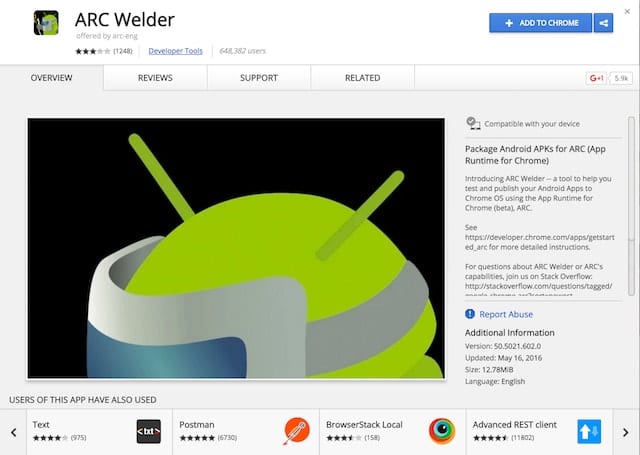
In Chrome OS, you’re now free to take APK files (Android apps) and ARC Welder converts them into Chrome apps for “testing”. Did I mention that ARC Welder is a developer tool? It is…
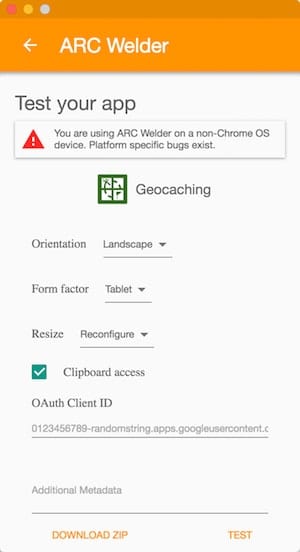
For Macs or PCs running Chrome Browser, ARC Welder displays a dialog helpfully reminding you that you’re using ARC Welder on a non-Chrome OS device. It will also ask you to select a directory (folder) on your Mac or PC where it can write files to the computer’s filesystem. Once you’ve selected that folder, ARC Welder asks you to “Add your APK” — in other words, give it the Android app file so it can be converted to a Chrome app and run on your computer. You’ll be asked to provide a device orientation (portrait or landscape) and type (phone or tablet).
So, where do you get those APK files? Well, normally you’d get them from Google Play or another Android app store. However, at least with Chrome Web Browser, you can’t download those files directly to the Mac — instead, they want to be installed on an Android device. What you’ll need to do — and I don’t recommend it — is to get APK-Downloader. Why do I not recommend this? You need to have a Device ID for your Android device…and what if you don’t have an Android device? It’s a no-go situation. In order to get the device ID for my “Android” device in order to try this, I actually had to run a Device ID app in an emulator (see below) then paste that ID into APK-Downloader. Even after that, it wouldn’t run on Chrome Browser, only on actual Chrome OS on my “Frankentosh”.
Alternatively, and much more dangerous from a security standpoint, there are sites of questionable background that have APK files available for download. We don’t accept any responsibility for any issues that may occur if you use one of these sites to download free apps. I also suggest that you do your own searches for APK files as we will not recommend any of these sites.
Running Android Apps on a Mac in an Emulator
In addition to running Android apps on a Mac-turned-Chromebook or in the Chrome Web Browser, there’s actually a way to run a pseudo-Android device on your Mac. BlueStacks 2 is a free Android emulator that runs on macOS and Windows, so no matter what kind of personal computer you have, you can try out Android apps. To run Android apps (.apk files) on your Mac:
- Download the BlueStacks 2 app
- Find the BlueStacks 2 .dmg (disk image) file and double-click it to begin the install. Follow the instructions to install and start the app
Pretty simple, right? Well, maybe not. While testing BlueStacks 2 for this article, my fast 4 GHz i7 27-inch 5K Retina iMac encountered no less than three kernel panics. In case you’re not familiar with a kernel panic, it’s not the type of thing you want to see on a regular basis. Your Mac locks up completely and you’re usually greeted with a screen that looks something like this:
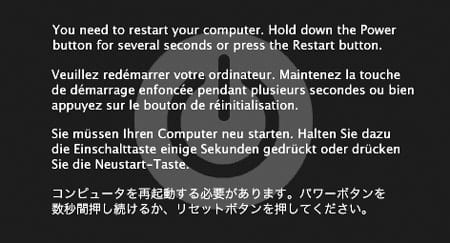
To recover, I had to do the first thing listed on this message; press and hold the power button until the iMac shut down, then press it again to power back up.
What did I finally have to do to get BlueStacks 2 running properly? Shut down every other app on my Mac. So take that as a big caveat; you may have to devote your Mac strictly to running the emulator and nothing else.
One other tip: since BlueStacks 2 is an Android emulator and you’ll be pulling down your apps from Google Play (the Android equivalent to the iOS App Store), you will need to have a Google account. At one point during the login process, you’ll be asked to give permission to back up data to your Google account and get emails from the Google Play Store. I said no, since I personally don’t have as much trust in Google’s definition of “personal privacy” as I do in Apple’s, and I don’t need more junk email. You’ll also get an email from Google telling you that your account signed into a Samsung Galaxy S5. I take no responsibility for any embarrassment caused to you when your friends see that.

You’ll also notice that a lot of the apps that are in Google Play are also in the iOS App Store. Take that into advisement before treading into the world of Android.
Finally, BlueStacks 2 isn’t really all that great an emulator in my personal opinion. Considering that my iMac can run Windows 10 at top speed under either Boot Camp or another emulator like Parallels or VMWare Fusion, having an Android emulator that causes severe Mac crashes and runs at a sedate speed isn’t that much of an accomplishment.
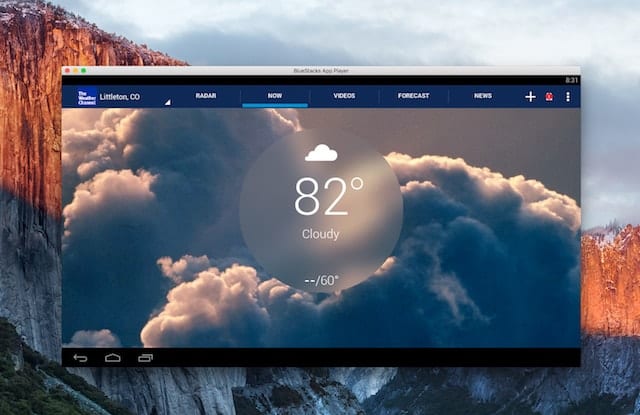
A Better Idea – Just Buy A Cheap Android Tablet
If you really want to run Android apps, ignore all of my advice and instruction here and just buy an Android tablet, many of which are inexpensive. You can try out those few apps that might not be available for iOS and get it out of your system. I leave finding a really cheap but functional Android tablet as an exercise for the reader. Me? I’m sticking with iOS.
Related Reading: See why OWC drives and docks are the perfect Chromebook companion
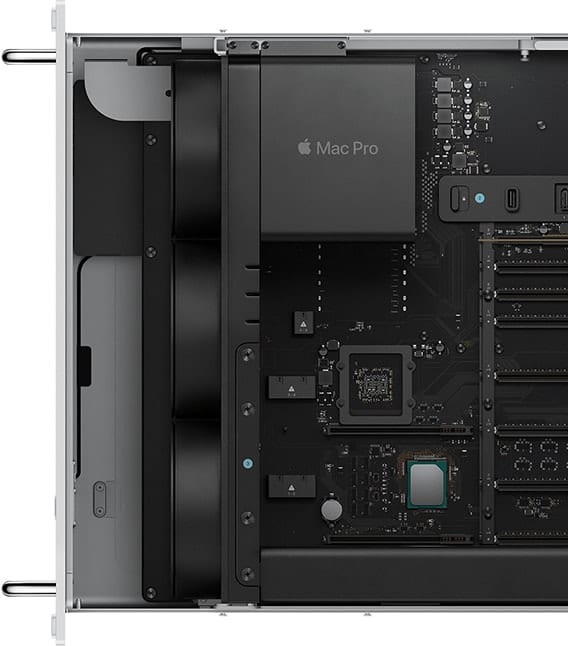

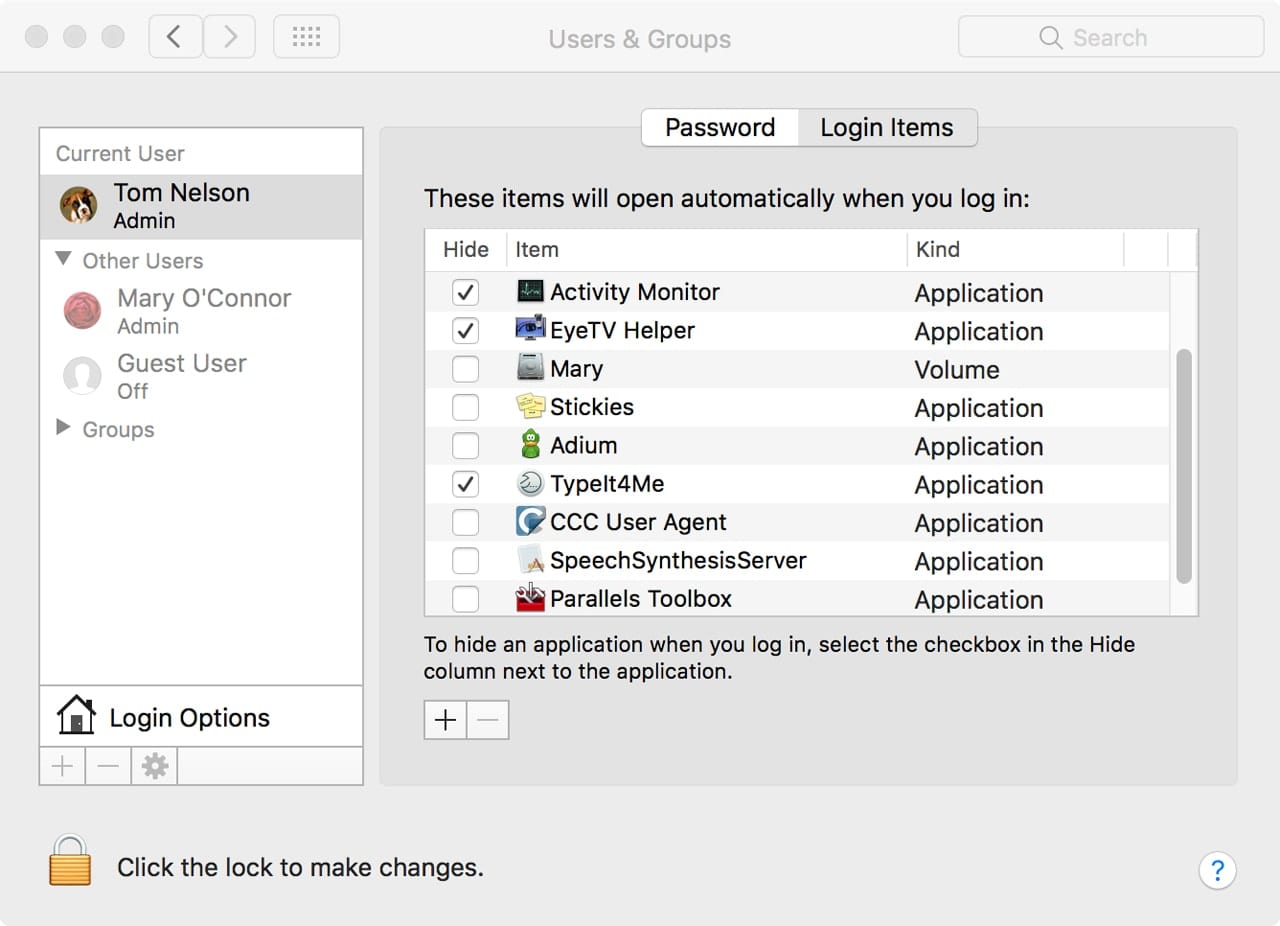






This is one of the worst articles I have ever seen.
I was searching these solution, whether I can run android on mac.
Very scientific and detailed reply.
I am from India, so which cheapest tab I can use for android base app.
Kernel panic question… Just started happening while playing an interactive web game in Chrome. Can a website game cause that or is it a hardware problem?
” I personally don’t have as much trust in Google’s definition of “personal privacy” as I do in Apple’s”
^^^^

Thank You
No comment
Does downloading apps from the Google Play store require local storage?
bluestacksguides.com/
The download link of Bluestacks for Mac does not work on the website.
On The Official Website Yes! It Works But As You Saw Before Maybe You Shouldn’t Download It And Also I Ran Into A Few Problems In Installation Too.
So Yeah
Keeg:)
how do you open blue stacks media on a chromebook
IMO you’d be better off using Genymotion. It’s a solid development emulator that would work pretty well just to run android apps.
ARC Welder doesn’t work on my Chromebook, and if you look on the chrome store you’ll see dozens of folk who have the same problem as me. It says manifest file invalid. Maybe you have an idea why this is happening to so many people.